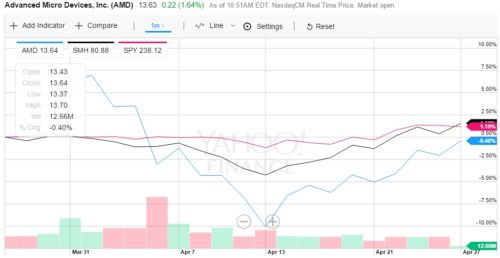Investing is all about balancing risk and return. To earn returns, investors have to take risk. In most cases, higher returns require higher risk. Note that the reverse is not necessarily true – more risk does not always translate to higher returns.
Volatility
The risk is usually measured as volatility, which in turn is usually measured by standard deviation. Low-risk assets like cash and bonds exhibit low volatility but provide lower returns. Stocks have higher volatility but earn higher returns. Within the stock market, smaller companies have higher volatility than larger companies but provide higher returns over time.
The above is true for individual stocks. However, a diversified portfolio can offer lower volatility and higher returns than the shares within the portfolio.
So, what is Diversification?
Diversification is the method of reducing risk by spreading investments amongst a portfolio of assets. In its simplest form, this would entail owning a basket of 10 to 20 shares. More sophisticated diversification can be achieved by spreading risk across different asset classes, sectors or geographic regions.
Research has found that then benefits of diversification increase as the number of shares increases toward about 20 shares, after which the benefit of owning each additional share begins to fall.
If an ETF tracks an index with 20 or more companies, that ETF is already diversified – but only if the index is a general market index. If the ETF tracks a specific sector, industry or theme, it may carry concentration risk.
The chart below tracks AMD, a stock in the semiconductor industry, against SMH, an ETF tracking an index of 26 semiconductor stocks, and the S&P500 SPY ETF. Notice how AMD is much more volatile than the industry ETF, which in turn is more volatile than the broad market ETF.

Concentration risk
Even if a portfolio holds more than 20 shares, it may suffer from concentration risk. This occurs when shares are highly correlated because the same economic factors affect them. Two retail shares will probably be highly correlated. But, shares in consumer goods manufacturers can also have a high correlation to retail shares. And sometimes share in the media industry can also be correlated to the retail sector.
Many shares are either positively or negatively correlated to the US dollar. Owning shares that all have a similar correlation to the dollar can also create the risk of concentration.
Another benefit of diversification is psychological. By reducing the volatility in a portfolio, you will be less likely to panic and do the wrong thing at the wrong time. When investors panic they often capitulate and abandon a strategy or investment just before it recovers. It’s easier to make rational decisions when volatility is reduced through diversification.

Types of diversification
By asset class:
If a portfolio is invested in multiple asset classes, it should have lower volatility than any one asset class. Gold has a low, if not negative correlation with many other asset classes and often
By sector:
Spreading investments across multiple sectors allows investors to benefit when each sector performs, and be less exposed when a sector underperforms the market.
By industry:
Even within a sector, shares can be diversified by industry. Investments in the tech sector can be spread across the telecom, semiconductor and software industries.
By geography:
By investing in more than one geographic region, investors can limit their risk. Emerging market shares can provide good returns, but carry higher political risks. If an investor spreads their investments between Brazil, India, and China, they will reduce the political risk, while still gaining exposure to higher growth rates.
By strategy or style:
Every investment style has its day in the sun. Sometimes momentum and growth investing work well, and sometimes its value investing that works best. And, each style has periods of underperformance. By allocating capital to different styles, investors won’t be exposed to a single style when it underperforms.
By time:
You can diversify your risk by allocating capital over time. This is known as dollar cost averaging, and really means you are keeping part of your capital in cash to invest at a later stage.
Risk Parity
To achieve risk parity, some fund managers weight each share by the inverse of its risk. In other words, the most volatile shares have the lowest weighting, and the least volatile shares have the highest weighting. In theory, this means that each holding carries the same risk.
Overdiversification
It is possible to diversify too much. This isn’t as much of a problem with ETFs as it is with individual stocks. If you own too many stocks, the fees will add up, and outweigh the benefits of diversification.
A common mistake investors make to try to avoid taking any risk, and in doing so, they miss out on making any real returns. Investors earn returns by taking the risk. If you don’t take any risk, you can’t expect to make returns. Diversification can help to optimize the return on risk, but it can’t eliminate risk entirely.
You certainly don’t need to use every diversification technique listed above. You just need to make sure that your portfolio is diversified to some extent.
Now that you know the answer to the what is diversification question, you are ready to start building a portfolio.